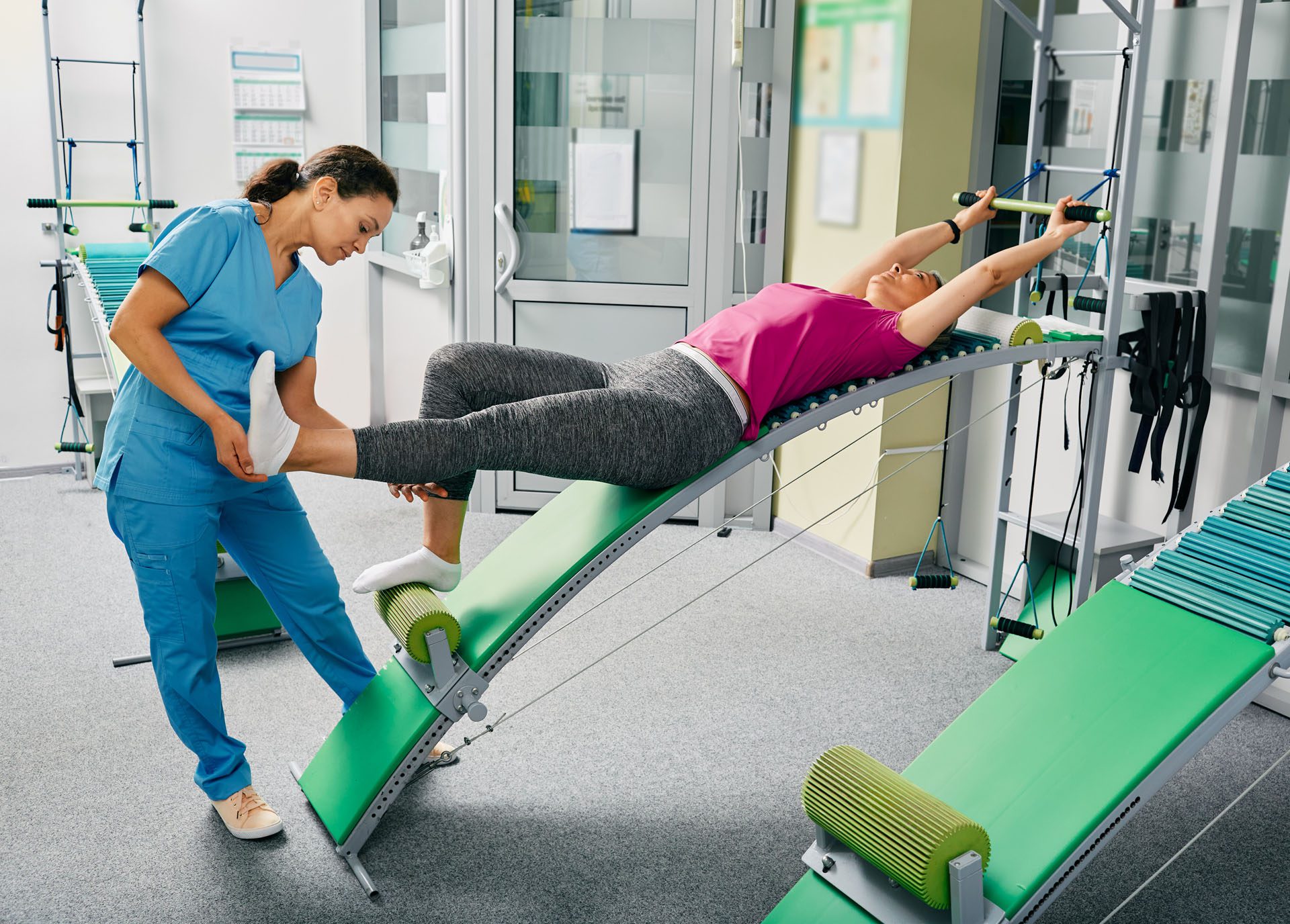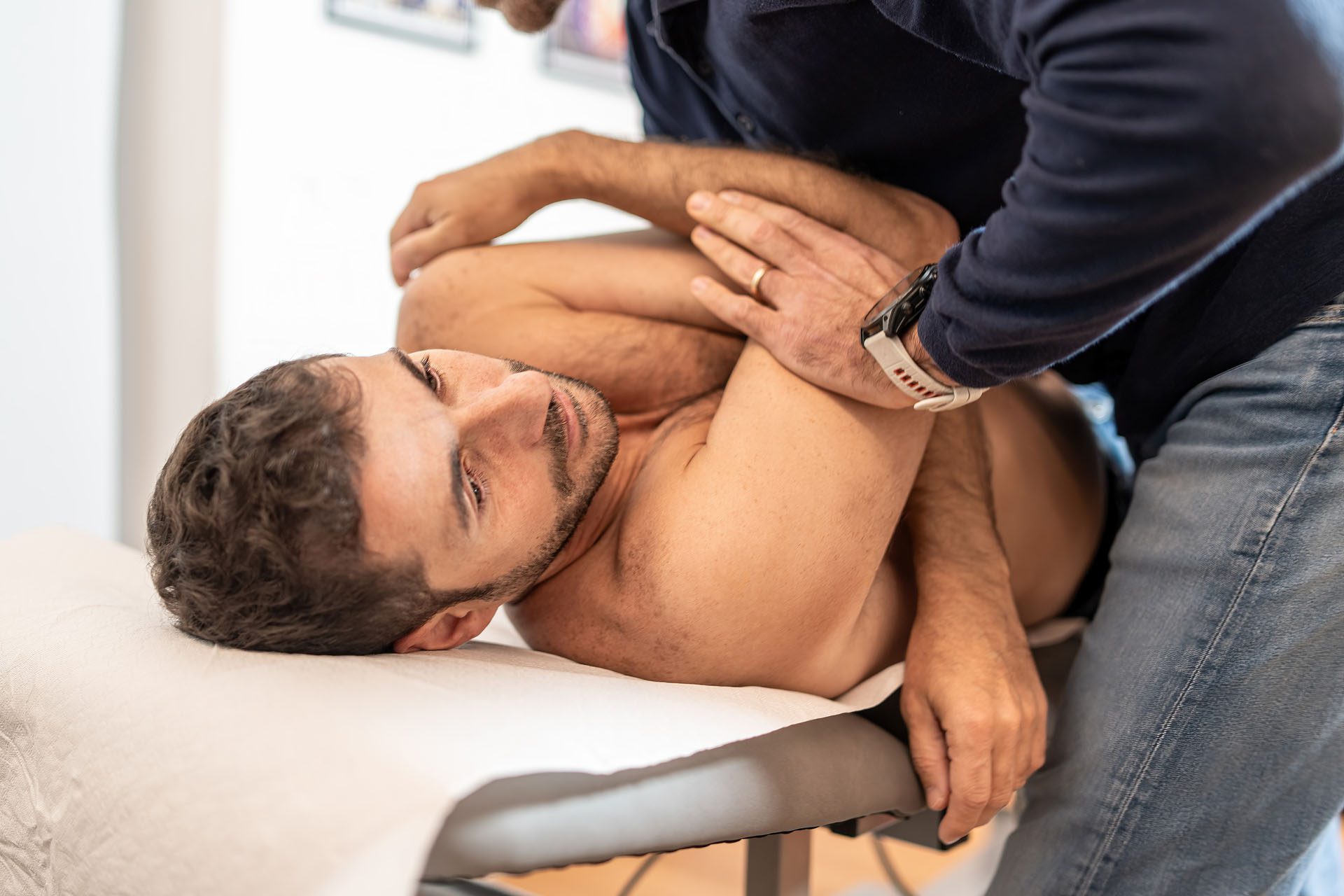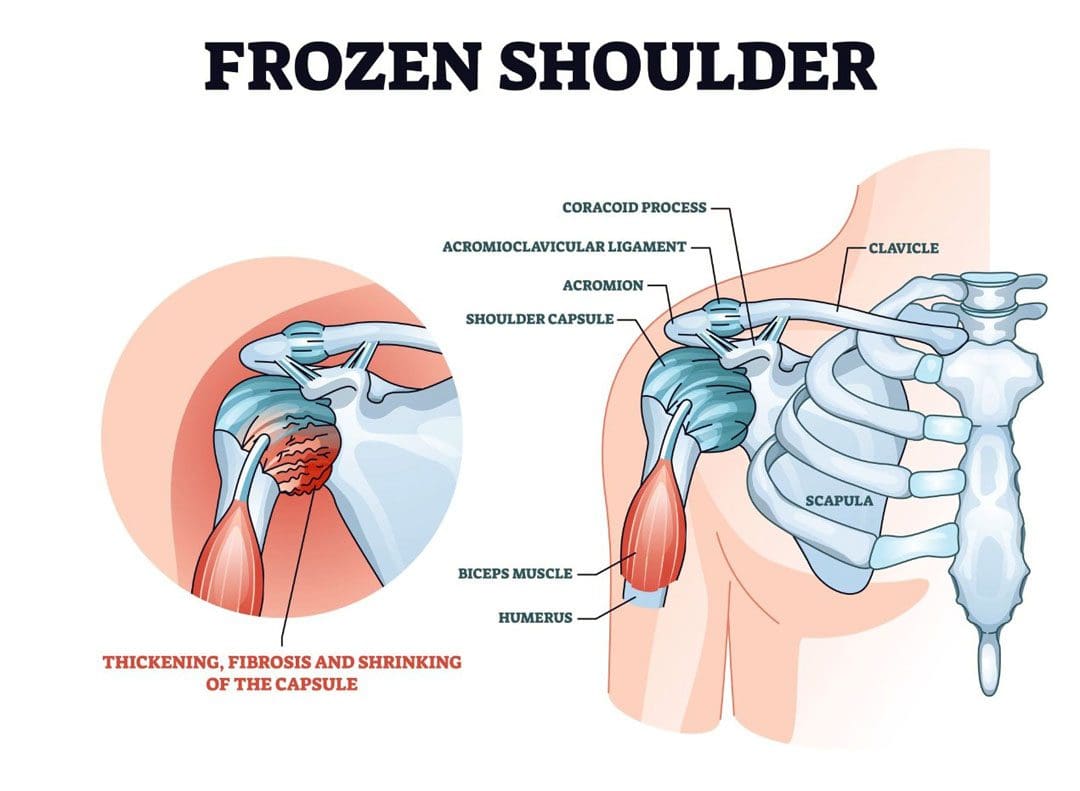Pulled Muscle: Understanding the Healing Process
What are the recommendations for a pulled muscle injury to fully recover?

Pulled Muscle Recovery Time
A pulled muscle, medically known as a strain, occurs when muscle fibers are stretched too far and sometimes tear. A pulled muscle injury typically starts to heal within days. Mild injuries can heal completely in one to three weeks, but more serious strains or tears, depending on the severity, can take six to 12 weeks or longer. (Fernandes T. L., Pedrinelli A., & Hernandez A. J. 2015) Rest, hydration, healthy foods, and slowly returning to activity can help expedite healing time.
Timeline
The timeline for recovering from a pulled muscle depends on the injury’s severity.
Pulled muscles are typically categorized into three grades based on the degree and size of pulled muscle fibers, as follows (Hospital for Special Surgery, 2024)
Grade 1 (mild)
- Heals in a few days.
- A microscopic tear or stretch in the muscle fiber.
- It might feel sore, but you can still use the muscle.
Grade 2 (moderate)
- Heals in four to six weeks.
- A partial tear in the muscle causes noticeable pain and swelling, making it harder to move or use the injured muscle.
Grade 3 (severe)
- Heals in several months
- This type of muscle strain causes a complete tear, also known as a rupture.
- It results in intense pain, significant swelling, and inability to use the muscle.
- Surgery may be required in some cases.
- Larger muscles, such as the hamstrings and quadriceps, may take longer to heal than smaller muscles due to their increased size and greater weight-bearing loads.
Body Parts More Susceptible To Injury
The following are more susceptible to muscle strains, pulls, or tears (Nölle L. V. et al., 2022)
- Neck – levator scapulae and trapezius
- Shoulders – rotator cuff muscles
- Lower back – erector spinae
- Groin – adductors
- Front of the thigh – quadriceps
- Behind the thigh – hamstrings
- Calves – gastrocnemius and soleus
Healing Stages and Factors
Pulled muscles heal in three predictable stages, though the timing and progression may vary by individual and injury severity (Baoge L. et al., 2012).
Inflammatory Stage (zero to three days)
- When pulling a muscle, the body reacts instantly with an inflammatory response that may include swelling, redness, bruising, and pain.
- Rest is important during this stage to prevent the injury from getting worse.
Repair Stage (three to 21 days)
- Damaged muscle fibers are repaired and regrow during this stage.
- Collagen fills in any tears to rebuild damaged muscle tissue.
- Gentle movement and easy activity can help the fibers line up properly and reduce stiffness.
- Start slowly moving a pulled muscle as soon as possible, but avoid too much activity too soon, as it can delay and prolong healing.
Remodeling Stage (three weeks to one year)
- Repaired tissue gets stronger and adapts to regular movement.
- Scar tissue may form.
- Gradually adding more activity, stretching, and strengthening exercises helps treat a pulled muscle and return to full strength and function but should be done carefully to avoid re-injury.
Faster Healing
To help speed up recovery from a pulled muscle, try these simple strategies: (Baoge L. et al., 2012) (Laumonier T. & Menetrey J. 2016)
Rest
- Avoid activities that cause pain, but move the muscle gently to prevent stiffness.
- Prolonged rest can slow healing, so maintain a balance between rest and exercise.
Ice
- Add ice for 10–20 minutes for the first 48 hours to reduce swelling and pain.
- Ice helps control inflammation by limiting blood flow to the injured area.
Compression
- Use compression stockings or wrap the injured part in bandages to help reduce swelling.
- Ensure the binding is not too tight so circulation is not cut off.
Elevation
- Raise the injured area above heart level throughout the day.
- This helps reduce swelling by allowing fluids to drain away from the injury site.
Heat
- After the first two to three days, heat therapy increases blood circulation and improves flexibility, helping the muscle heal.
Eat Healthy
- Get enough protein for muscle repair.
Maintain Hydration
- Drink plenty of water to help with circulation and muscle lubrication.
Massage and Physical Therapy
- These hands-on interventions can improve circulation, help reduce scar tissue, and restore range of motion.
Over-the-counter Medications
- If needed, over-the-counter nonsteroidal anti-inflammatory medications like Advil or Motrin (ibuprofen) and Aleve (naproxen sodium) can help with pain and swelling.
- Only use as directed.
These steps can help promote faster healing and expedite returning to normal daily activities.
When to Resume Normal Activity
Individuals may need one to two weeks to recover before resuming normal activity for mild strains. However, for more severe injuries, it could take four to six weeks or longer to return to all daily activities. (Harvard Health Publishing, 2023) It’s essential to gradually return to daily activities to avoid reinjury, which can delay and prolong healing. Follow these recommendations to recover from a pulled muscle safely and quickly (Kraemer W., Denegar C., & Flanagan S. 2009)
- Once the pain has subsided, the swelling has decreased, and the muscle feels better, start with low-impact exercises.
- Slowly resume normal activities, avoiding overexerting the injured area.
- Gradually increase activity levels and stop if there is any pain.
- Avoid strenuous activities that place excessive stress on the injured muscle until the muscle is completely healed.
Contact a Healthcare Provider
While most pulled muscles heal with home care, seek medical attention if: (Penn Medicine, 2023)
- Pain persists or worsens after seven to 10 days.
- This can indicate a more serious injury, such as a severe torn muscle.
- Significant pain, loss of motion and strength, and swelling disrupt daily activities or show signs of worsening despite rest and self-care.
- It is difficult to move the affected area, or the muscle cannot bear weight, suggesting a more severe injury.
- There are signs of infection, including redness, warmth, increased swelling, or fever, especially if the skin is cut or broken near the injured area.
- There is unusual bruising or a visible deformity, which could indicate a bone fracture requiring professional evaluation.
A healthcare provider may recommend imaging studies, such as MRI, ultrasound, or X-rays, to assess the extent of the injury, rule out fractures, or check for muscle tears.
Injury Medical Chiropractic & Functional Medicine Clinic
Injury Medical Chiropractic and Functional Medicine Clinic works with primary healthcare providers and specialists to develop an optimal health and wellness solution. We focus on what works for you to relieve pain, restore function, and prevent injury. Regarding musculoskeletal pain, specialists like chiropractors, acupuncturists, and massage therapists can help mitigate the pain through spinal adjustments that help the body realign itself. They can also work with other medical professionals to integrate a treatment plan to resolve musculoskeletal issues.
Say Goodbye to Pain with Chiropractic Care
References
Fernandes, T. L., Pedrinelli, A., & Hernandez, A. J. (2015). MUSCLE INJURY – PHYSIOPATHOLOGY, DIAGNOSIS, TREATMENT, AND CLINICAL PRESENTATION. Revista brasileira de ortopedia, 46(3), 247–255. https://doi.org/10.1016/S2255-4971(15)30190-7
Hospital for Special Surgery. J. N. R., MD. (2024). Muscle Strain: Causes, Symptoms, Treatment. https://www.hss.edu/conditions_muscle-strain.asp
Nölle, L. V., Mishra, A., Martynenko, O. V., & Schmitt, S. (2022). Evaluation of muscle strain injury severity in active human body models. Journal of the mechanical behavior of biomedical materials, 135, 105463. https://doi.org/10.1016/j.jmbbm.2022.105463
Baoge, L., Van Den Steen, E., Rimbaut, S., Philips, N., Witvrouw, E., Almqvist, K. F., Vanderstraeten, G., & Vanden Bossche, L. C. (2012). Treatment of skeletal muscle injury: a review. ISRN orthopedics, 2012, 689012. https://doi.org/10.5402/2012/689012
Laumonier, T., & Menetrey, J. (2016). Muscle injuries and strategies for improving their repair. Journal of Experimental Orthopaedics, 3(1), 15. https://doi.org/10.1186/s40634-016-0051-7
Harvard Health Publishing. (2023). Muscle strain. https://www.health.harvard.edu/staying-healthy/muscle-strain-a-to-z
Kraemer, W., Denegar, C., & Flanagan, S. (2009). Recovery from injury in sport: considerations in the transition from medical care to performance care. Sports Health, 1(5), 392–395. https://doi.org/10.1177/1941738109343156
Penn Medicine. (2023). Strains. https://www.pennmedicine.org/for-patients-and-visitors/patient-information/conditions-treated-a-to-z/strains



